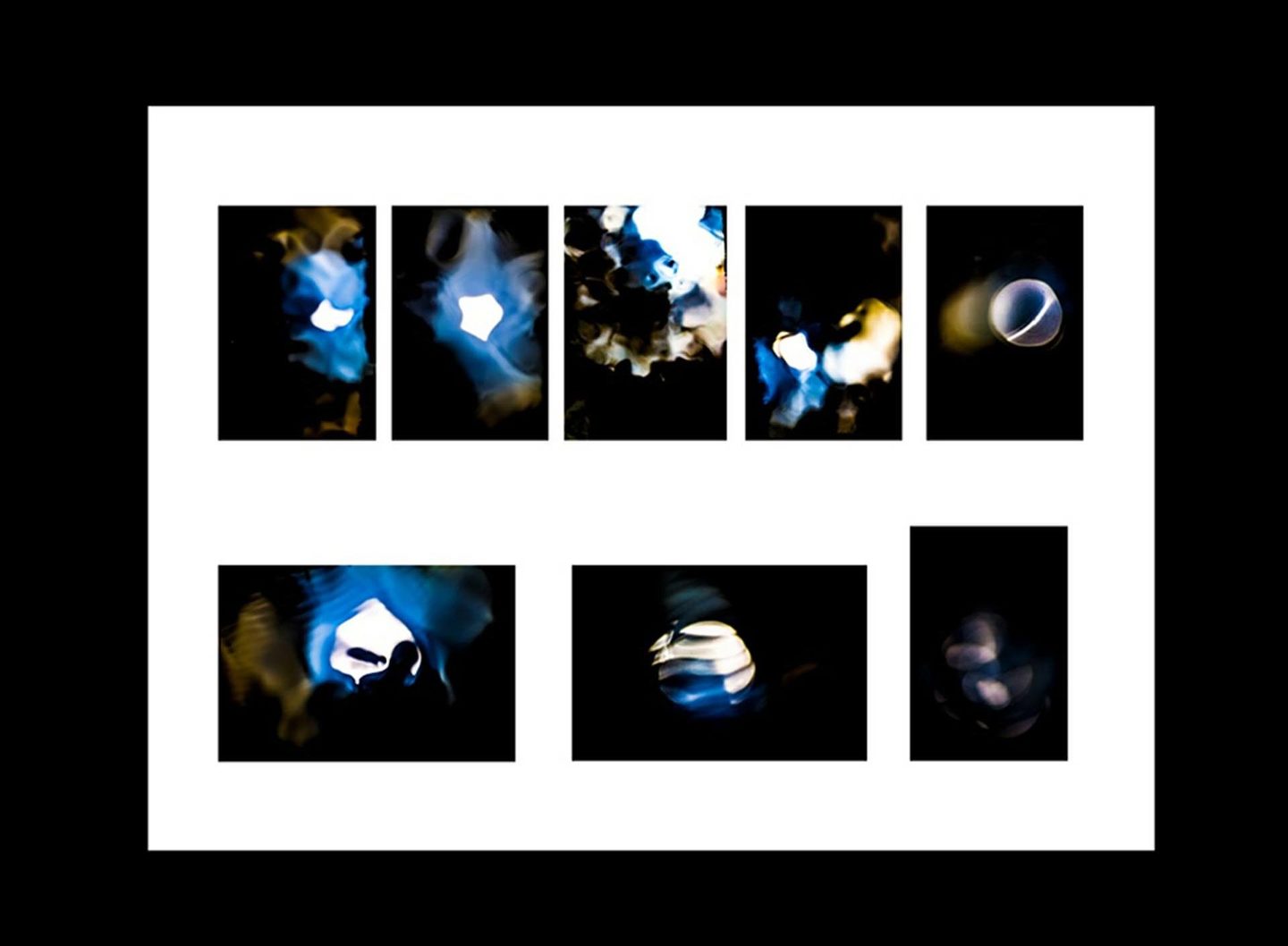
Eclipse of September 2018
Compartilhe
O Eclipse Lunar de setembro de 2018 foi chamado como a Lua de Sangue. O processo pelo qual se formam os eclipses é geralmente descrito como o alinhamento dos astros. Neste caso, o alinhamento do Sol, da Terra e da Lua. Como a Lua, nosso satélite natural, gira em torno da Terra, muitas vezes ambos se alinham em relação ao Sol. Isto pode criar o eclipse solar ou o lunar. O eclipse lunar de 2018 se formou da seguinte maneira: a terra estava alinhada com o Sol e com a Lua, por sua vez, alinhada à Terra, posteriormente. Com isto, o Sol emitirá seus raios para a Terra que, por seu tamanho, criará uma sombra na Lua. Este efeito torna-se mais visível conforme a visibilidade da Lua. É por isso que um dos tipos de eclipse lunar consegue deixar a Lua com uma coloração próxima ao vermelho. Algumas das fotos manifestam situações da Lua que olho nenhum humano nesse Universo poderia captar. A energia e o movimento.
The Lunar Eclipse of September 2018 was called as the Moon of Blood. The process by which eclipses form is generally described as the alignment of the stars. In this case, the alignment of the Sun, the Earth and the Moon. As the Moon, our natural satellite, revolves around the Earth, often both align with the Sun. This can create the solar eclipse or the lunar. The lunar eclipse of 2018 was formed as follows: the earth was aligned with the Sun and with the Moon, in turn, aligned to the Earth, later. With this, the Sun will emit its rays to the Earth which, by its size, will create a shadow on the Moon. This effect becomes more visible according to the visibility of the Moon. That is why one of the types of lunar eclipse manages to leave the Moon with a color close to red.Some of the photos manifest situations of the Moon that I see no human in this Universe could capture. Energy and movement.



